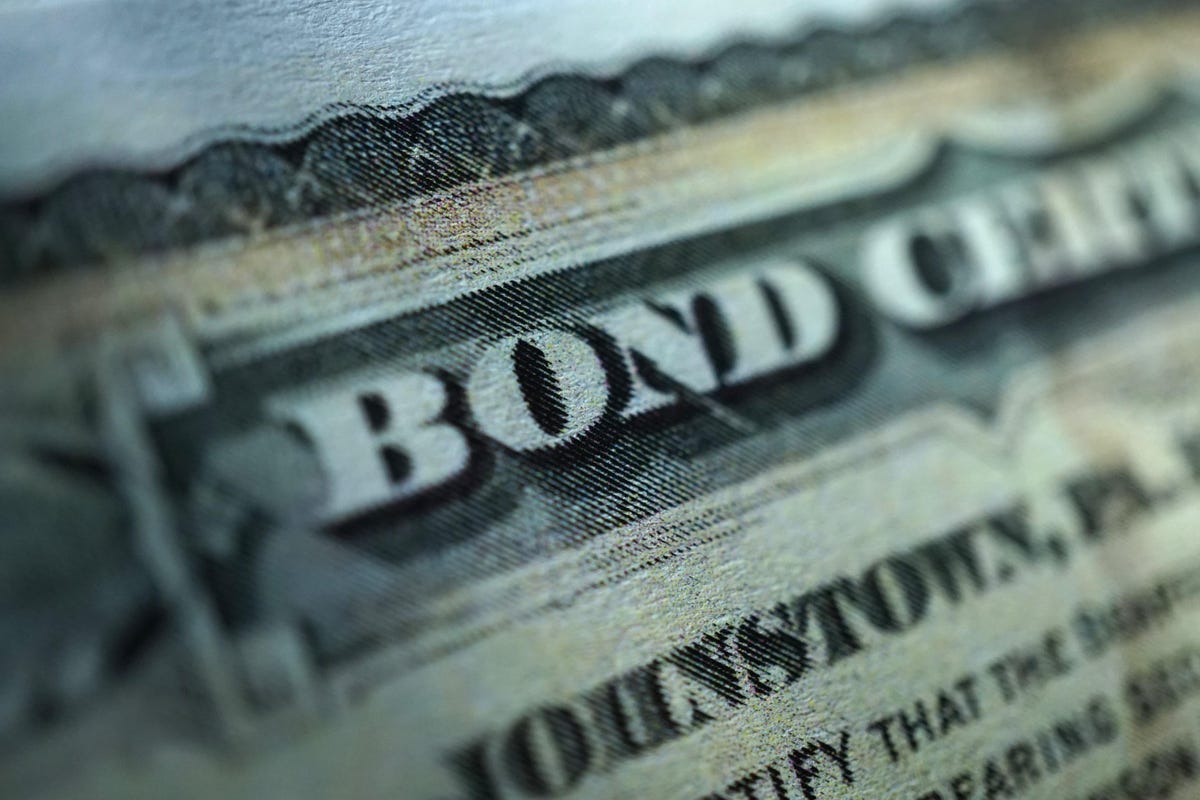
The yield on the 10-year Indian G-Sec rose past 6.43% from the over-three-year low of 6.3% from May 5th, as escalating tensions with Pakistan dented the safety appeal of Indian bonds. Indian forces struck Pakistani territory in retaliation to terrorist attacks on Indian Kashmir last month, vowing more retaliation from both sides. This risked the relative safety of Indian bonds in the region as their growing economy and relatively stable currency had triggered a sharp influx of funds into rupee debt markets. Still, the yield remained 25bps down year-to-date. The RBI delivered back-to-back cuts to its benchmark repo rate after holding it at the over-four-year high of 6.5% for one full year, attempting to halt the slowdown in domestic growth. The central bank also delivered a series of liquidity injections into commercial banks after the its defence of the rupee drained domestic reserves and tightened financing conditions, triggering G-sec buying by the central bank.
Japan’s 10-year government bond yield held around 1.45% on Tuesday, hovering at a six-week high as easing global trade tensions reduced demand for safe-haven assets. The move followed a temporary agreement between the US and China, reached over the weekend in Switzerland, to lower tariffs to 30% and 10% for a 90-day period—signalling a pause in their prolonged trade conflict. Domestically, Prime Minister Shigeru Ishiba emphasized that Japan would not accept any initial trade deal with the US that excludes an agreement on automobiles, urging Washington to lift its 25% tariff on Japanese car exports. Meanwhile, the latest summary of opinions from the Bank of Japan revealed that policymakers remain cautious amid persistent uncertainty surrounding economic and price conditions. BOJ Deputy Governor Uchida also noted that US tariffs continue to exert downward pressure on Japan’s economy.
China’s 10-year government bond yield rose to around 1.65% on Monday, following a muted session on Friday, as optimism over a major breakthrough in US-China trade talks outweighed persistent deflationary pressures at home. The two countries agreed to suspend most tariffs on each other’s goods for 90 days, cutting US reciprocal tariffs on Chinese goods from 145% to 30%, while China will lower tariffs on US imports from 125% to 10%. Both nations pledged to continue talks on broader economic and trade policy. Meanwhile, China’s April inflation data underscored economic weakness, with consumer prices down 0.1% year-on-year for the third straight month and producer prices falling 2.7%, the steepest drop in six months. The data reflects sluggish domestic demand and rising external risks, including trade uncertainty and soft labor market conditions.